Discover 11 hidden attractions, cool sights, and unusual things to do in Crotone (Italy). Don't miss out on these must-see attractions: Museo Archeologico Nazionale di Crotone, Castello di Carlo V, and Civic Museum. Also, be sure to include Basilica Cattedrale di Santa Maria Assunta in your itinerary.
Below, you can find the list of the most amazing places you should visit in Crotone (Calabria).
Table of Contents
Museo Archeologico Nazionale di Crotone
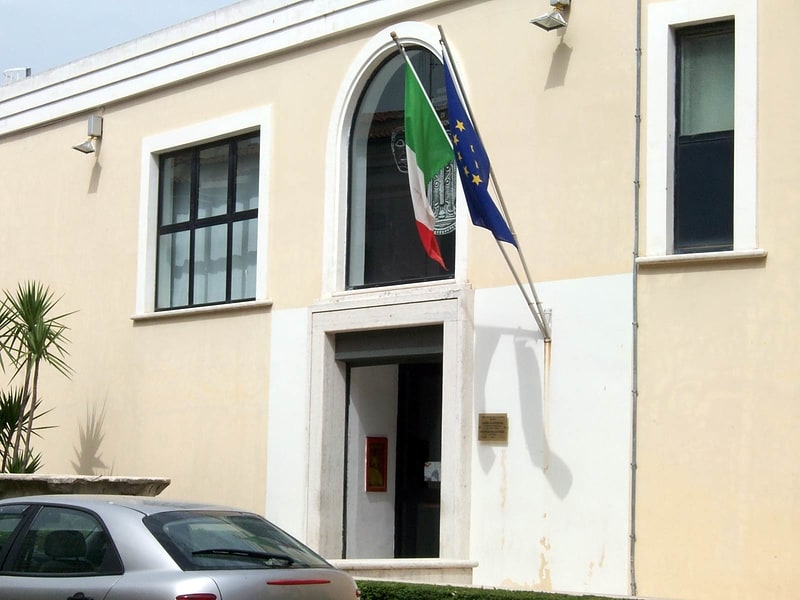
The National Archaeological Museum of Crotone is a museum located in the medieval walled city, corresponding to the acropolis of ancient Kroton.
Since December 2014, the Ministry of Cultural Heritage and Activities has managed it through the Museum Pole of Calabria, which became the Regional Directorate of Museums in December 2019.
Address: Via Risorgimento 10, 88900 Crotone
Castello di Carlo V
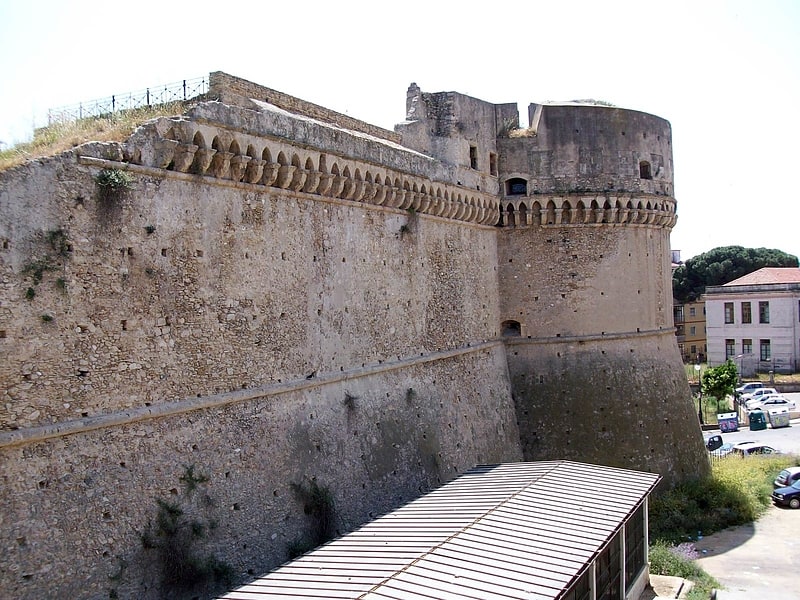
The Castle of Charles V is a medieval-era fortress that stands in the ancient part of Crotone. It is owned by the state, in the hands of the Superintendence for Archaeological Heritage of Calabria.
Address: Piazza Castello, 88900 Crotone
Civic Museum
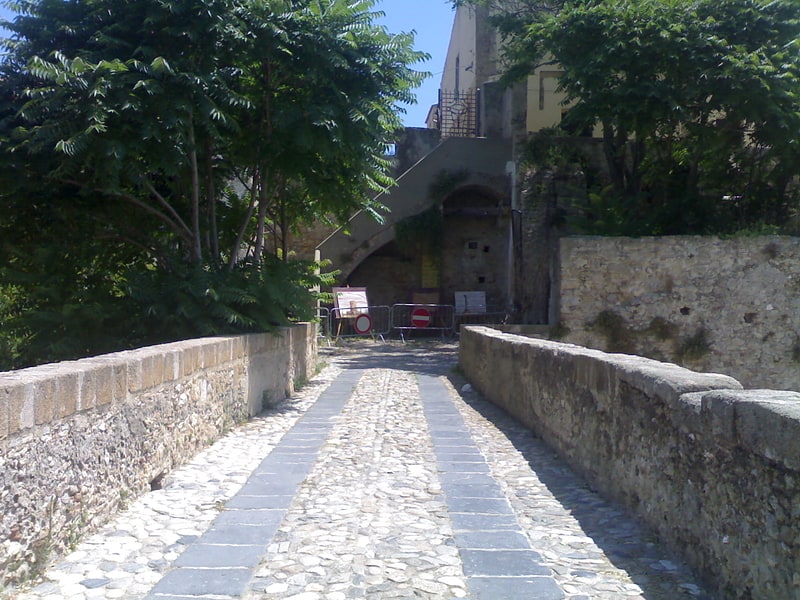
Also known as: Museo Civico
Museum
Basilica Cattedrale di Santa Maria Assunta
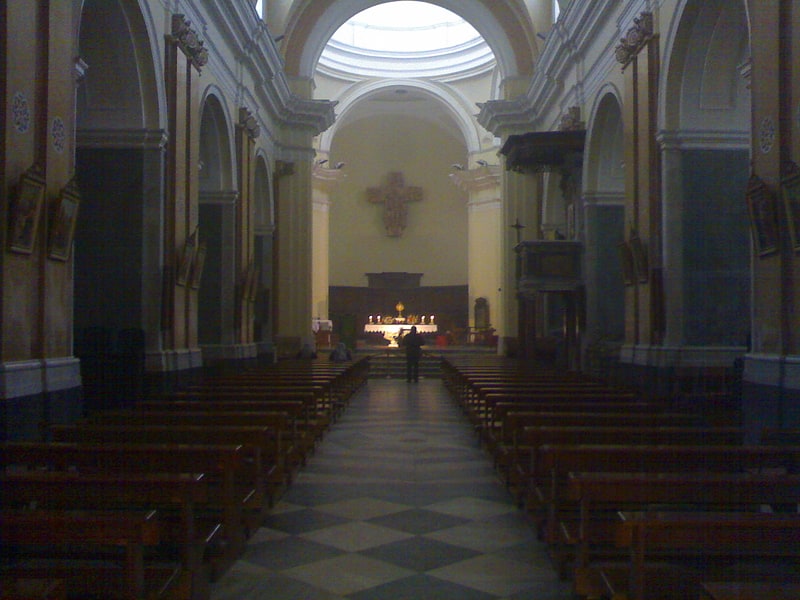
Church
Church of the Immaculate
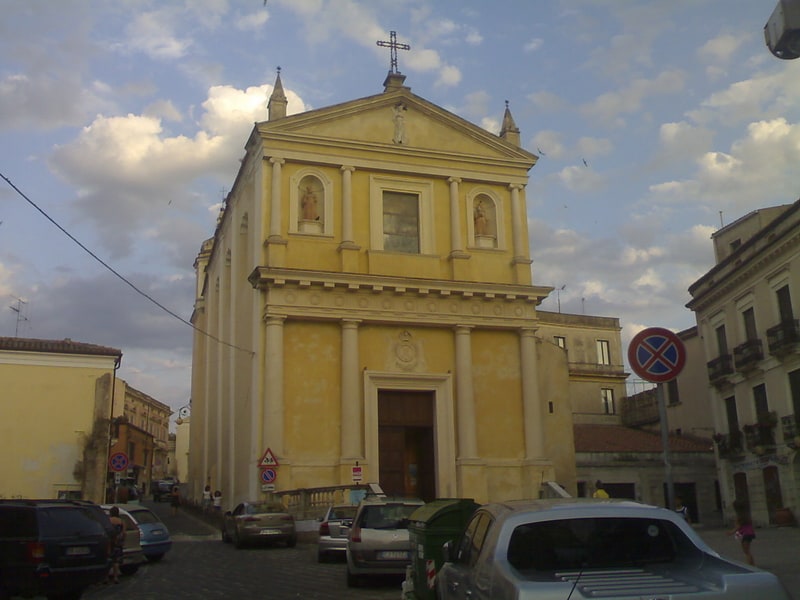
Also known as: Chiesa dell'Immacolata
The Church of the Immaculate Conception is a rectory church located within the historic center of Crotone, on Corso Vittorio Emanuele.
Raffaele Lucente

The statue of Raffaele Lucente is located inside the municipal villa of Crotone, accessed from the entrance located in Piazza Castello.
Area archeologica di Capo Colonna

Archaeological museum in Italy. The Temple of Juno Lacinia is a ruined ancient Greek temple dedicated to Hera located on Capo Colonna in Calabria, Italy, near Crotone. The remaining feature is a Doric column with capital, about 27 feet in height. Remains of marble roof-tiles have been seen on the spot and architectural fragments were excavated in 1886–1887 by the Archaeological Institute of America. The sculptures found were mostly buried again, but a few fragments, some decorative terracottas and a dedicatory inscription to Hera of the 6th century BC, in private possession at Crotone, are described by F. von Duhn in Notizie degli scavi.
The date of the erection of the temple is postulated as 480–440 BC; it is not recorded by any ancient writer. It was reputed to have been founded by Hercules (Herakles) after he killed the bandit Lacinius, who attempted to steal some of the cattle of Geryon.
The temple has been described a "perhaps the most splendid in southern Italy." The federal treasury of the Italiote League was moved there in the 5th century BC, and remained there until relocated to Herakleia near Tarentum.
Before evacuating Italy in 206 BC, toward the close of the Second Punic War, Hannibal dedicated bronze plaque inscribed in Punic and Greek there detailing his accomplishments. In 173 BC, the Censor Quintus Fulvius Flaccus dedicated the Temple of Fortuna Equestris in Rome, for which he had stripped the marble tiles from the roof of the Temple of Juno. In 172, out of grief over tragic news about his sons, Flaccus hanged himself. "here was a general belief that he had been driven mad by Juno Lacinia, in her anger at his spoliation of her temple." The Senate ordered the tiles returned, but, "as there was no one who understood how to replace the tiles they had been left in the precinct of the temple."
Cicero cites Coelius Antipater saying that the temple featured a golden column. Hannibal wanted to know whether or not it was solid gold, and drilled a hole and, determining that it was solid, decided to take it back to Carthage. The next night Juno appeared to him in a dream and threatened him with the loss of his remaining good eye if he took it. Hannibal obeyed the warning; he had a small statue of a heifer—sacred to Juno—cast from the drill shavings and mounted it on top of the column.
The temple was said to have still been fairly complete in the 16th century, but was destroyed to build the episcopal palace at Crotone.[1]
Carlo Turano
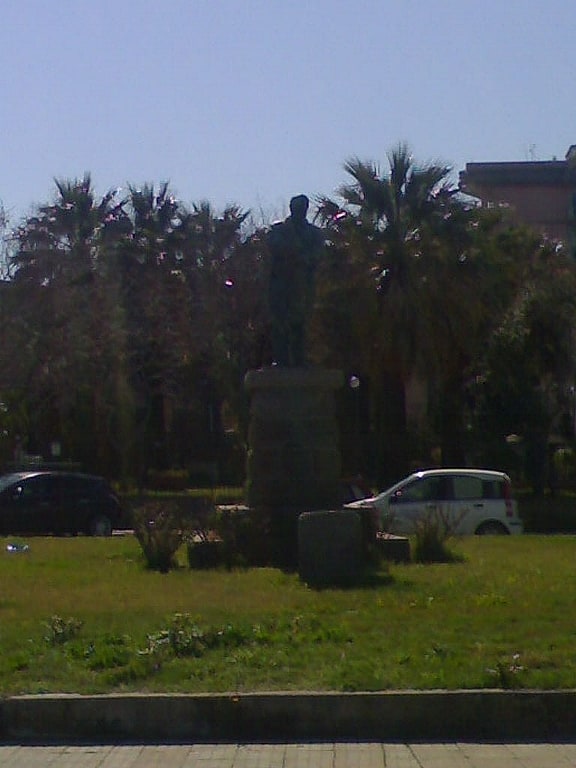
The monument to Carlo Turano is located on Giovanni Scalise Street at the entrance to the city of Crotone, opposite the city harbor.
Palamilone
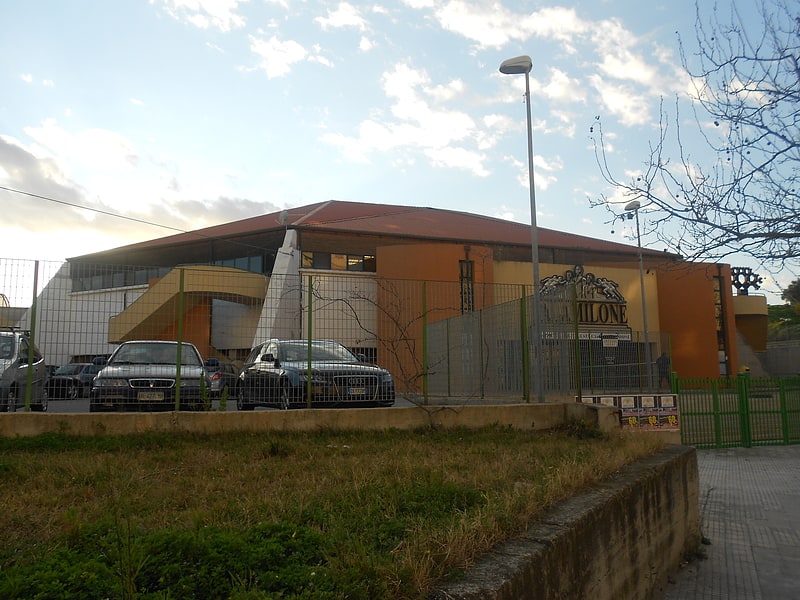
PalaMilone is the sports hall located within the city of Crotone, named after the famous ancient Greek wrestler Milone.
Part of a project of the city council led by then-Mayor Pasquale Senatore, which included among other things the redevelopment of several neighborhoods and the construction of new public works, construction work on the PalaMilone began in 2001, and was completed in November 2003 and inaugurated in the same year. It is a multipurpose sports facility that can accommodate up to a maximum of 3,000 spectators.
On March 1, 2011, the Crotone provincial council decided that it wanted to allocate €80,000 to start renovation work on the same facility.
Fun Village

Gambling, Casino
Address: SS.106 Km 245, Crotone
Palakrò
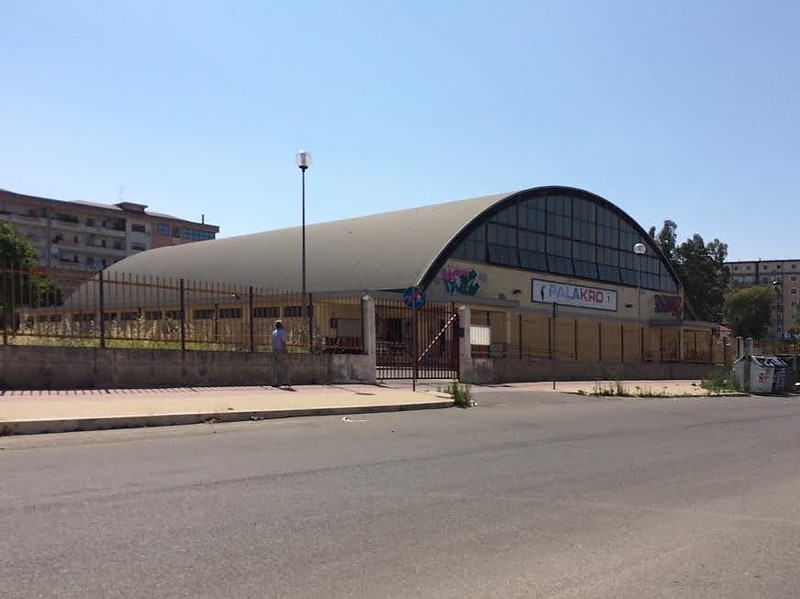
PalaKrò is the first sports hall in the city of Crotone. It stands on Gioacchino da Fiore Street, in the vicinity of the Fondo Farina neighborhood.